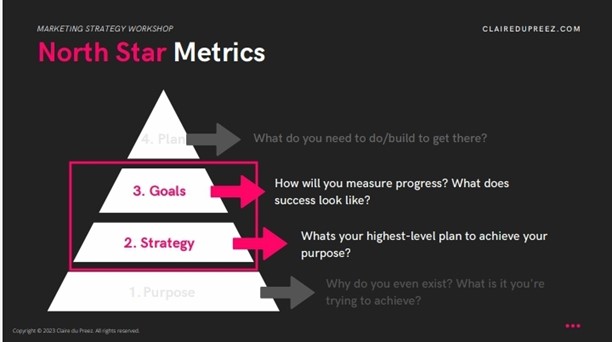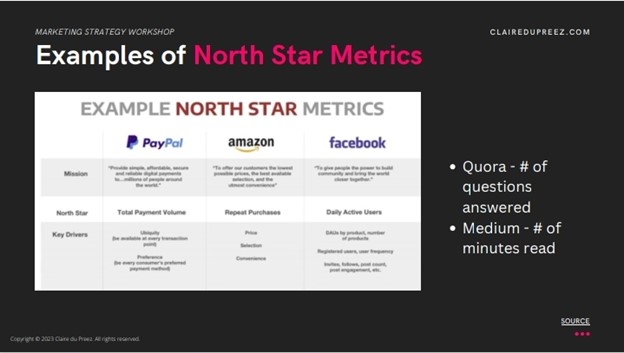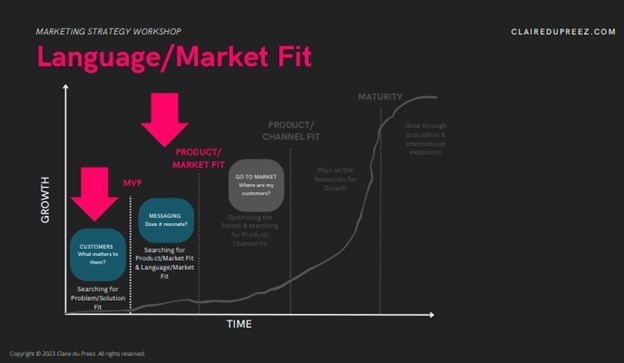By Muhammad Dalhatu
Ever wondered about how to improve the marketing strategies for your business?
I have recently joined the NAMIP team, and I got to participate in this insightful virtual workshop by marketing mentor and business coach, Claire Du Preez. The session focused on marketing strategies and Claire provided us with insight and practical ways businesses can improve their marketing strategy, and it all starts with looking at marketing through a new lens of growth by prioritizing the most impactful work. Some practical steps to achieve this include: understanding your business, understanding your customer, understanding you value, package your value uniquely and communicate this to the market. Here are three key lessons I would like to share.
- Align Marketing Goals with Business Goals
You can start improving the growth of your business by aligning your marketing goals directly with business growth through the concept of the North Star Metric. The North Star Metric is a single behavioural metric that measures the value delivered to your customer. This begins with customer value proposition by creating a hypothesis on how you can deliver value to your customers. The idea is to find what customers value.

North Star Metric
You can start to identify key drivers of your business by brainstorming all the ideas you believe will give you growth and prioritising them by effort, impact, and chances of success. Take a look at examples of North Star Metrics.

North Star Metric Examples
- Find the Right Words
According to Claire, it is essential to also focus on customer understanding and finding language market fit. Interviewing your customers is vital to understanding the exact value your customer is measuring you by. It helps you find the right words to expand your product or service to prospective customers. Focus on words that resonate with both the goals and struggles you’re your customers face. The interviews also help improve the conversion rates of your landing pages, emails, and content strategies. Lastly, it helps you understand what to build or launch or how to optimize your current messaging.

Take a look at Language Market Fit Model
Claire reemphasised that you have 3-5 seconds from the time of first visit to keep a visitor engaged with the content on your website. It is vital for you to have valuable information and service for the audience to understand what you are trying to achieve. Value might not come just through one click but constant visits, so make sure to keep your website engaging.
- Habit Equals Growth
The last Section of the workshop focused on making growth a habit by starting to experiment with current strategies. As Claire informed us, “90% of your growth will come from 10% of what you do. Figuring out what that 10% is (fast) is going to be the difference between your success or failure.”
You can achieve this in 2 ways:
- Setting up weekly growth meetings to review current progress. The meeting should involve weekly sprints that focus on reviewing key metrics, achievements from the previous week, and possible changes to plans for the upcoming week. It is important to spend less time debating KPIs and more time understanding what new things you need to learn and the best ways to test your next hypothesis fast.
- Designing Experiments by defining a testable hypothesis, sharing it, and getting predictions. Every experiment should have a goal and a greater understanding of impact it can have for the growth of your business. Focus on issues such as messages that best resonate your customers.
Check out Claire’s website here for more resources and a chance to chat one on one with her. I look forward to more learning opportunities with the NAMIP participants. You should too! Subscribe to our newsletter here and follow us on Twitter here to keep up with our updates.

